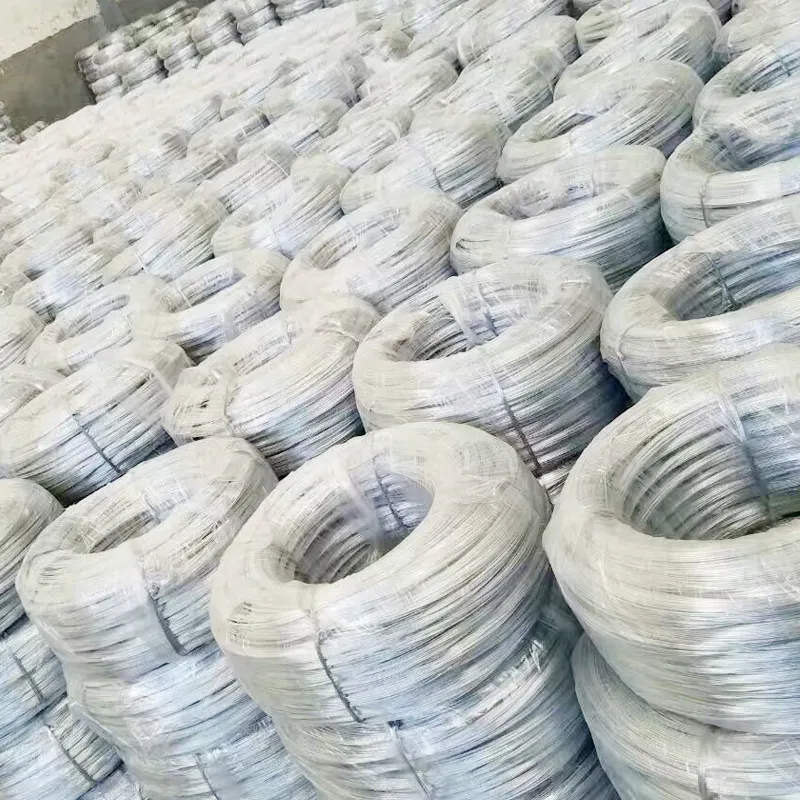Understanding the Price of GI Wire 8 Gauge Factors, Trends, and Market Insights
Galvanized Iron (GI) wire is a staple in construction and manufacturing industries due to its durability and resistance to corrosion. Among various gauges of wire available, the 8 gauge GI wire stands out due to its versatility and strength, making it suitable for applications ranging from fencing to electrical work. This article will delve into the factors influencing the price of 8 gauge GI wire, current market trends, and insights for buyers.
Understanding GI Wire
GI wire refers to steel wire that has been coated with zinc to prevent rusting and enhance its lifespan. The gauge of wire indicates its thickness, with a higher gauge number representing a thinner wire. The 8 gauge GI wire is approximately 0.1285 inches in diameter, making it robust enough for heavy-duty applications, yet manageable for various construction projects.
Factors Affecting the Price of 8 Gauge GI Wire
1. Material Costs The primary component of GI wire is steel, and fluctuations in steel prices directly impact GI wire pricing. Factors like raw material availability, production costs, and global demand for steel contribute significantly. For instance, changes in iron ore prices or the cost of zinc can ripple through the supply chain.
2. Zinc Coating The galvanization process adds to the cost. The price of zinc fluctuates based on market demand and supply chain constraints. Economic shifts, changes in mining output, and advancements in galvanization technology can also play a role.
3. Geographical Location Prices of GI wire can vary greatly based on geographic location due to shipping costs, local demand, and availability of raw materials. For example, areas closer to steel manufacturing hubs may experience lower prices due to reduced transportation costs.
gi wire 8 gauge price

4. Market Demand The demand for GI wire in construction, agriculture, and industrial sectors affects prices. During construction booms or when industries ramp up production, the demand can spike, leading to higher prices. Conversely, in slower economic periods, prices may stabilize or decrease.
5. Supplier and Brand Different manufacturers may offer varying prices based on quality, brand reputation, and distribution networks. Bulk purchases often come with discounts, so it’s crucial for buyers to negotiate based on their specific needs.
Current Market Trends
As of 2023, the global construction market is witnessing a notable resurgence, driven by infrastructure development projects and increasing residential building initiatives. This has led to a rising demand for construction materials, including 8 gauge GI wire. As construction activities rebound post-pandemic, industry experts expect prices to remain volatile but generally upward trending in the short term.
Moreover, sustainability is becoming increasingly important in manufacturing processes. Many companies are exploring eco-friendly alternatives and practices, which may affect production costs and, consequently, market prices.
Conclusion
Understanding the pricing dynamics of 8 gauge GI wire requires a careful analysis of multiple factors, including material costs, market demand, and regional influences. Buyers looking to procure GI wire should stay informed about market trends, potential price fluctuations, and the reliability of suppliers.
For those involved in construction or manufacturing, investing in high-quality GI wire is crucial due to its long-term benefits. Despite price variations, the right choice can offer significant savings in maintenance and replacement costs over time. As the industry evolves, keeping an eye on both local and global market conditions will be key to making informed purchasing decisions in the future.

















